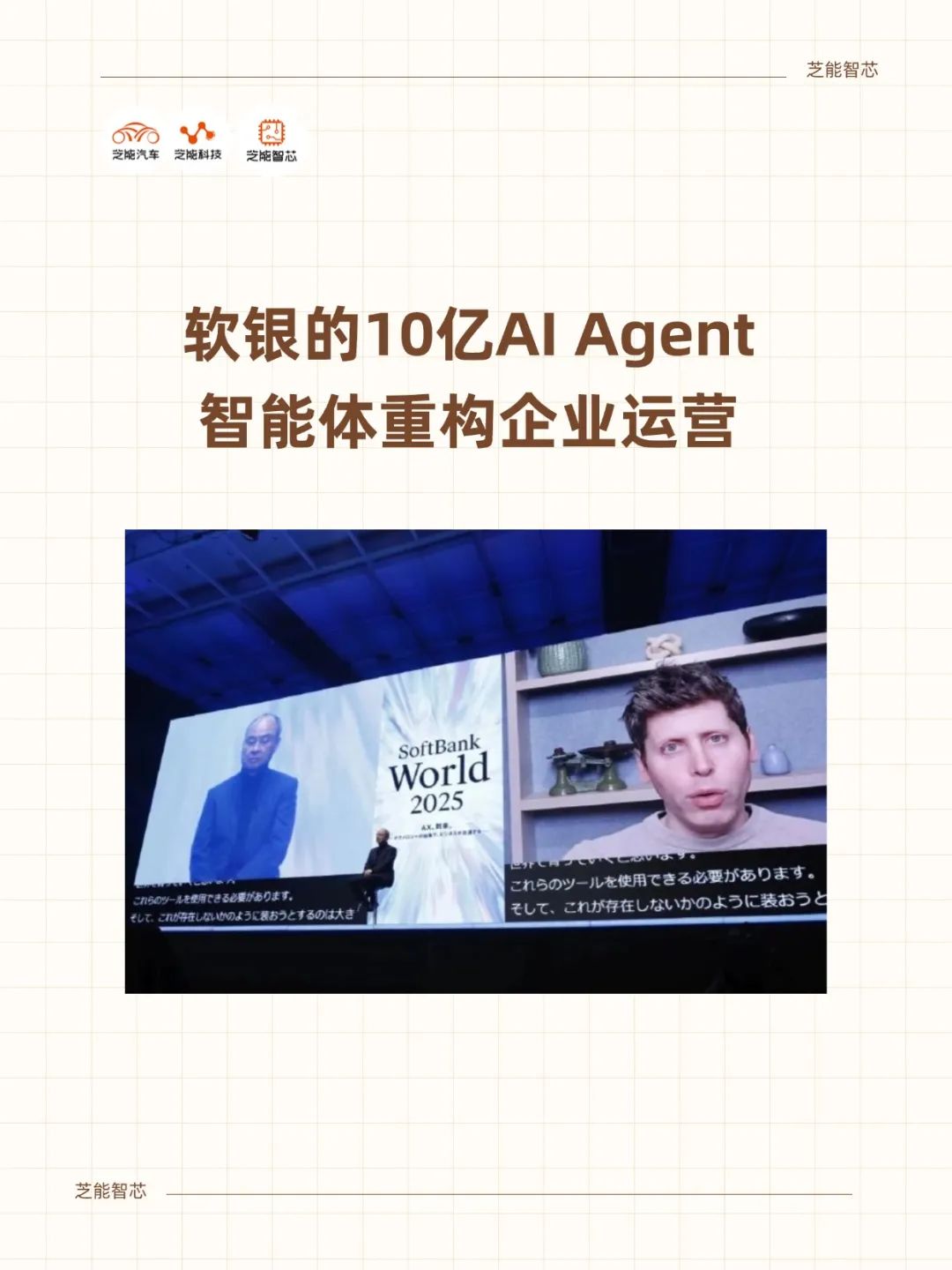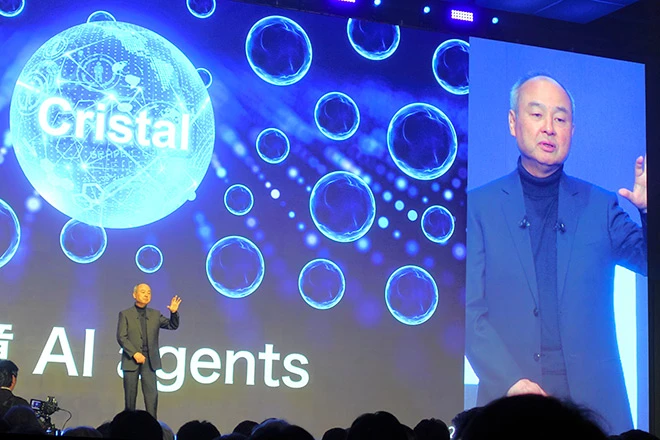SoftBank's Ambitious Plan for One Billion AI Agents
![]() 07/25 2025
07/25 2025
![]() 429
429
Produced by Zhineng Zhixin
SoftBank Group is embarking on a revolutionary transformation by integrating large-scale AI Agents into its operational model.
These Agents transcend mere tools; they are 'digital employees' capable of executing tasks, collaborating, and even generating new Agents. The overarching goal is to automate repetitive work and elevate business operations to new heights of efficiency.
Masayoshi Son envisions a future where one billion such Agents operate within SoftBank, a vision that presents significant challenges in terms of computing power, energy consumption, and hardware resources.

Part 1: From Automation to Autonomy: SoftBank's Three-Phase Deployment Strategy
SoftBank's AI Agents are not solitary robots but 'virtual assistants' that operate on computers, autonomously performing work tasks.
These Agents are versatile and evolve continually to meet evolving work demands. Some handle customer service inquiries, others analyze data, and some even develop new Agents to tackle complex tasks collaboratively.

SoftBank's deployment strategy unfolds in three phases:
◎ Phase 1 (Q3 2025): Deployment of 320 million Agents, focusing on tasks with standardized processes and clear rules, such as financial audits and customer service issue resolution. These Agents operate under predefined rules, akin to assembly line workers but with enhanced speed and efficiency. For instance, in SoftBank Mobile's customer service system, AI Agents already handle over 80% of user inquiries with an average response time of mere seconds.
◎ Phase 2 (Q4 2025): Deployment of 410 million Agents capable of cross-system operations, managing data across multiple departments and systems, such as supply chain management or risk analysis. At this stage, Agents require a deeper understanding of contextual information and possess a certain level of judgment, enabling seamless collaboration between different systems.
◎ Phase 3 (Q1 2026): Deployment of an additional 270 million advanced Agents with the ability to 'create new Agents.' This means that when an Agent encounters a problem, it can decompose the issue and generate new Agents to resolve it without human intervention. For example, in warehouse management, an Agent detecting a decline in sorting efficiency can create smaller Agents to adjust routes, detect errors, and schedule work, thereby enhancing overall efficiency.
From L2 (rule execution) to L3 (collaboration) to L4 (creation and optimization), SoftBank is progressively endowing these AI Agents with higher levels of autonomy. This phased approach minimizes initial trial-and-error costs and paves the way for tackling more complex tasks in later stages.
Part 2: The Challenges Behind AI Agents: Computing Power, Energy, and Chip Resources
Enabling one billion Agents to function smoothly is not merely a software challenge; it demands robust underlying resources, including computing power, energy, and hardware.
◎ The computational demand of AI systems is burgeoning. Public data indicates that the computing power required for AI doubles every 3.4 months. For instance, GPT-6 consumes 75 GWh of electricity during a single training session, exceeding the daily electricity consumption of many countries. If one billion Agents were to operate continuously, the electricity demand would be astronomical.
◎ SoftBank is acutely aware of this issue. To ensure stable energy supply for its Agent plan, the company is developing a 'floating data center' project in Norway, leveraging local water cooling systems and small nuclear power to support data center operations. This initiative aims not only to conserve electricity but also to prevent future AI system stagnation due to power shortages.
◎ Hardware has also emerged as a bottleneck. Currently, the NVIDIA H100, the most advanced AI chip on the market, has a lead time of up to 36 weeks, and many companies struggle to procure sufficient chips even at premium prices. Despite the decrease in the cost of individual AI operations, the overall surge in demand has driven up total costs.
To address these limitations, SoftBank has adopted a hybrid 'central + edge' deployment strategy:
◎ Some Agents operate in large data centers to handle high-complexity tasks.
◎ Other lightweight Agents are deployed on local edge devices, reducing reliance on central computing power.
This structure also helps minimize latency and enhance response speed.
Summary
SoftBank is pioneering a new era by reimagining the fundamental operational logic of enterprises with AI Agents. This vision envisions an enterprise system capable of 'evolving on its own,' where each Agent not only executes tasks but also adapts to environmental changes and self-optimizes. This approach enables enterprises to manage increasingly complex systems with fewer resources, ultimately enhancing overall efficiency.








